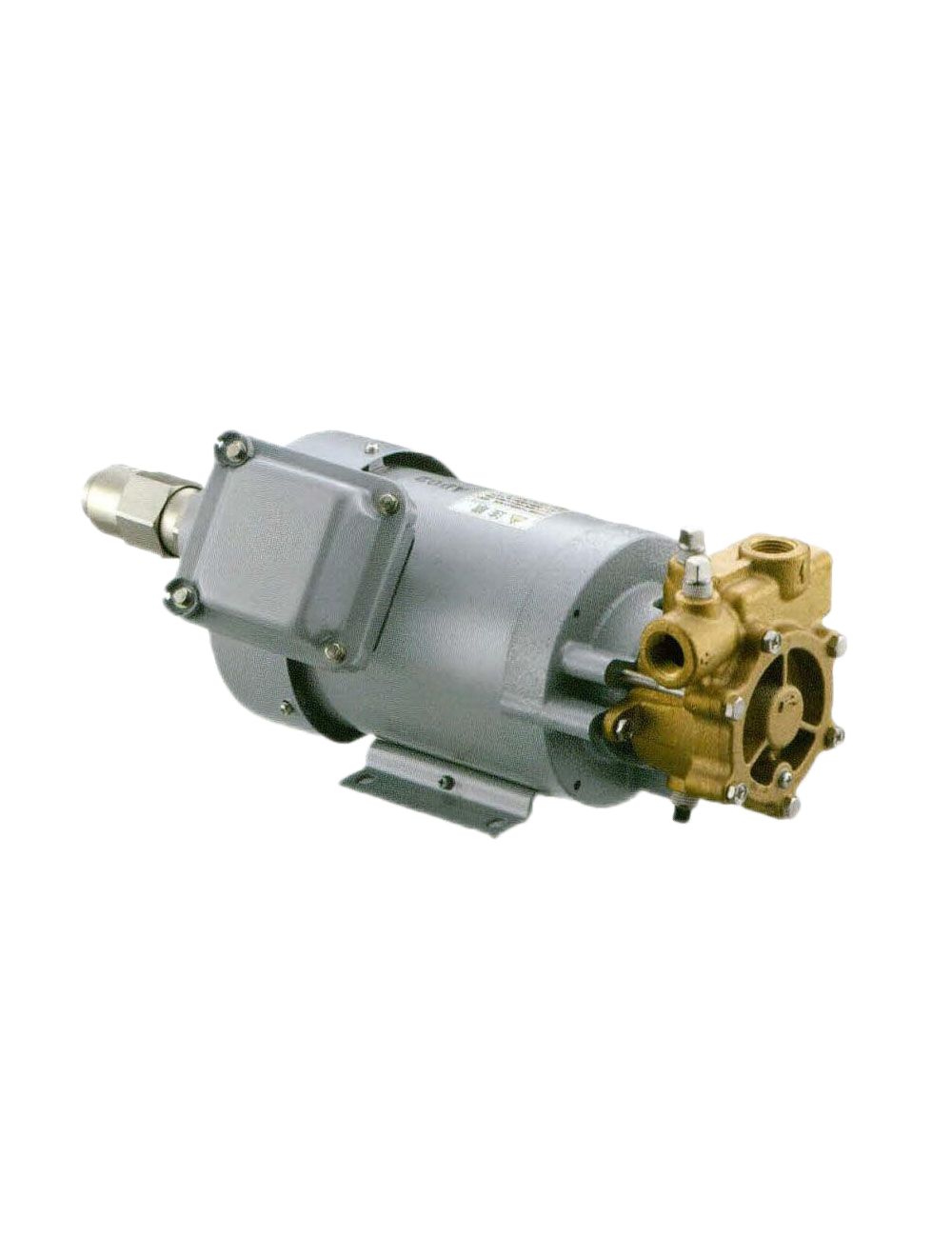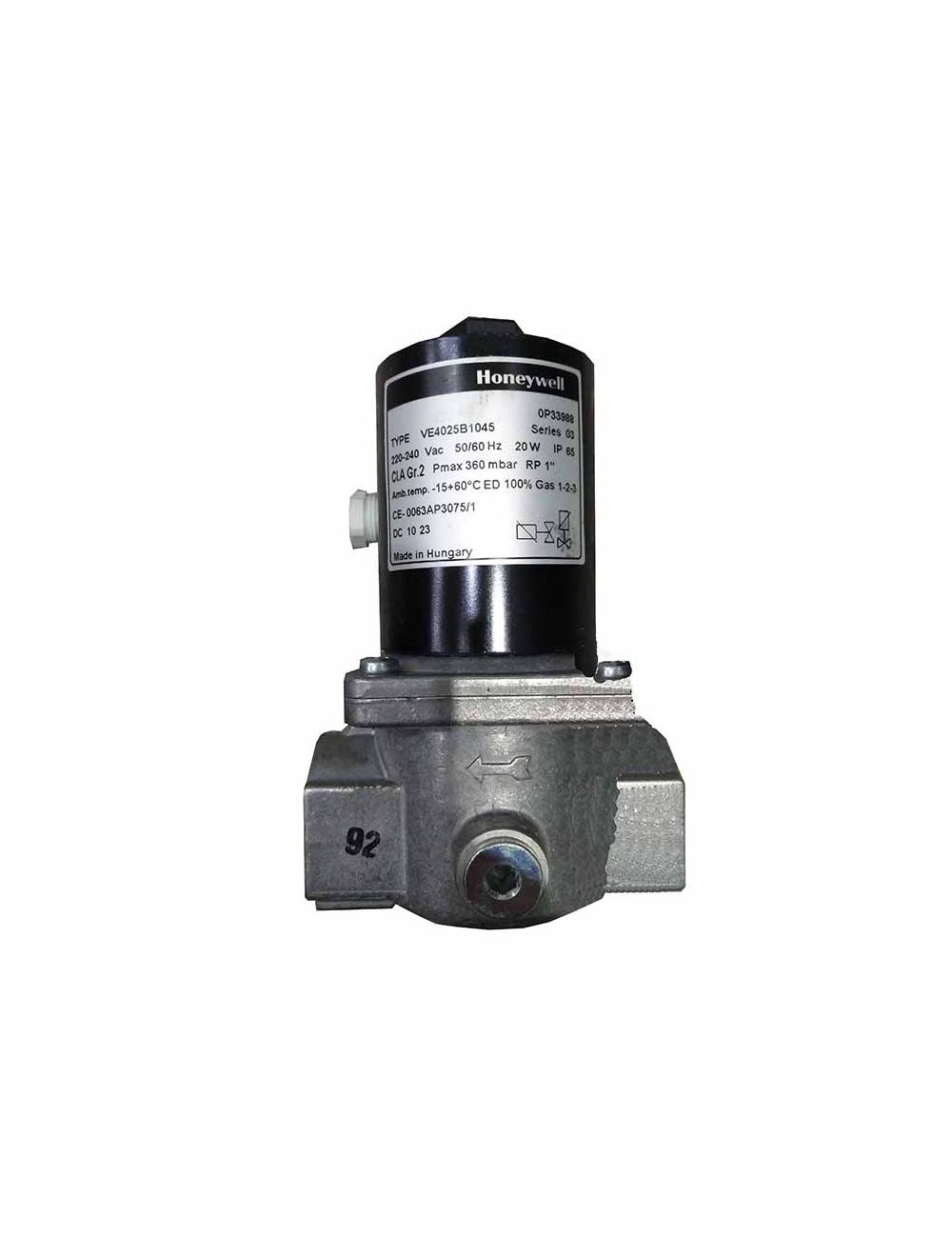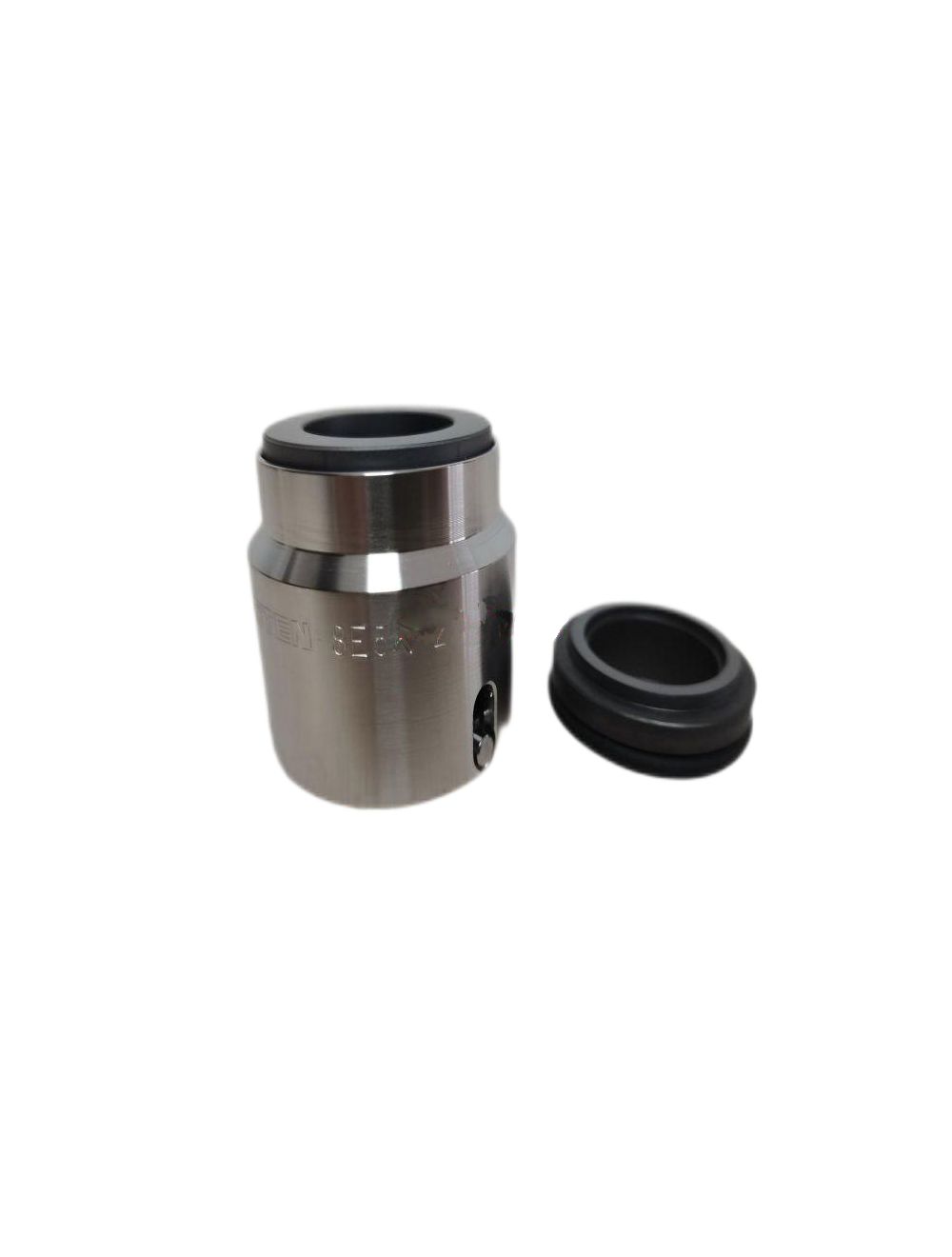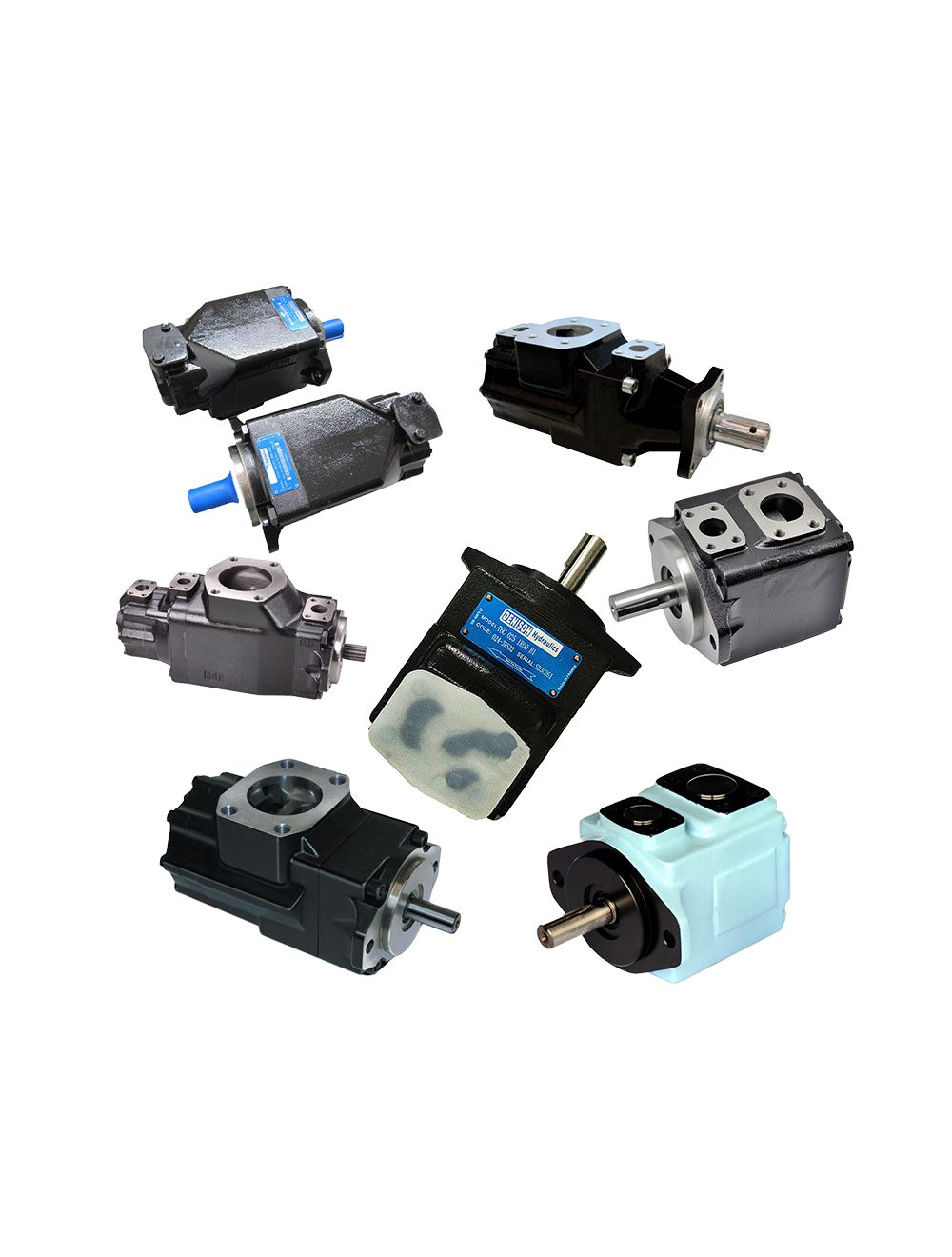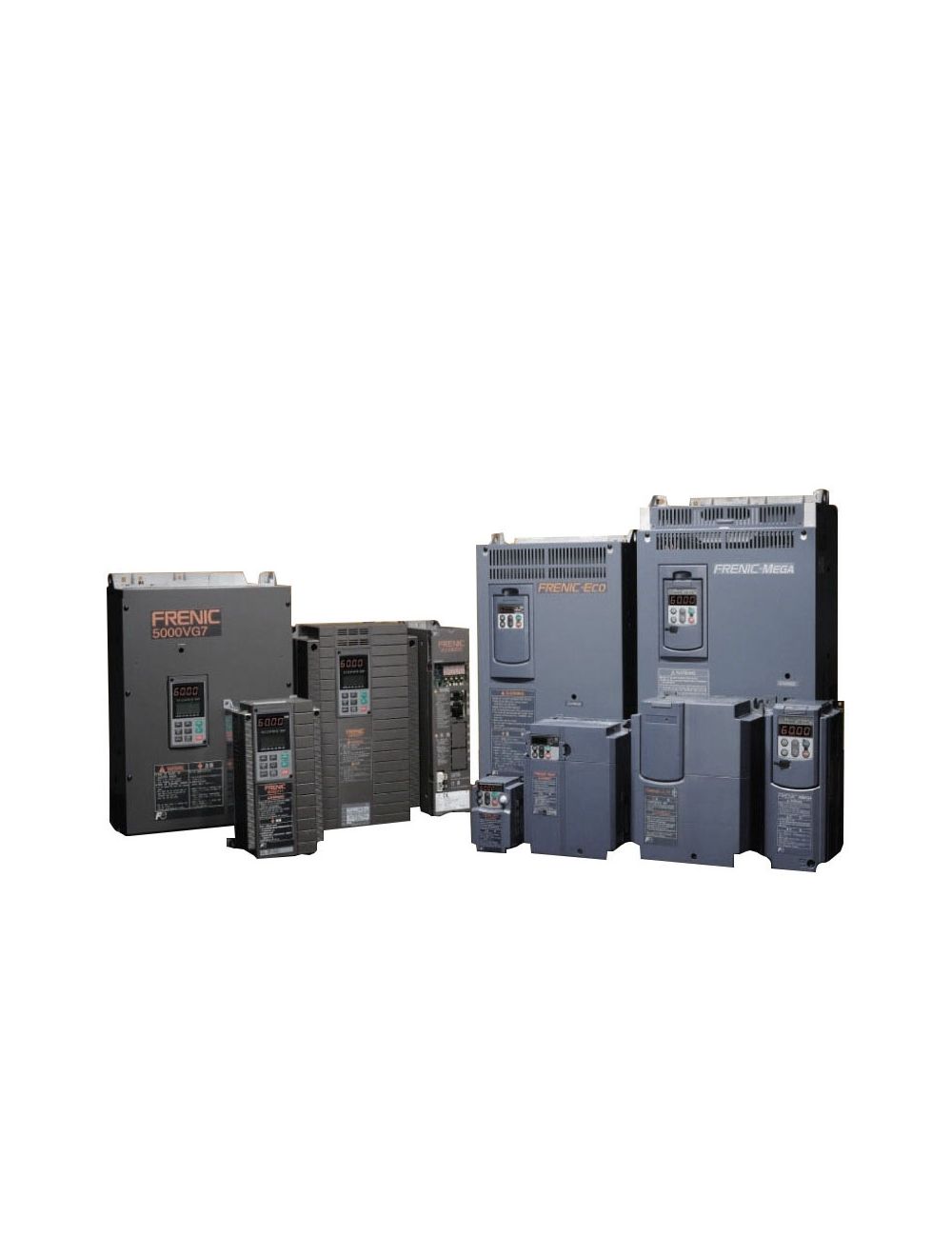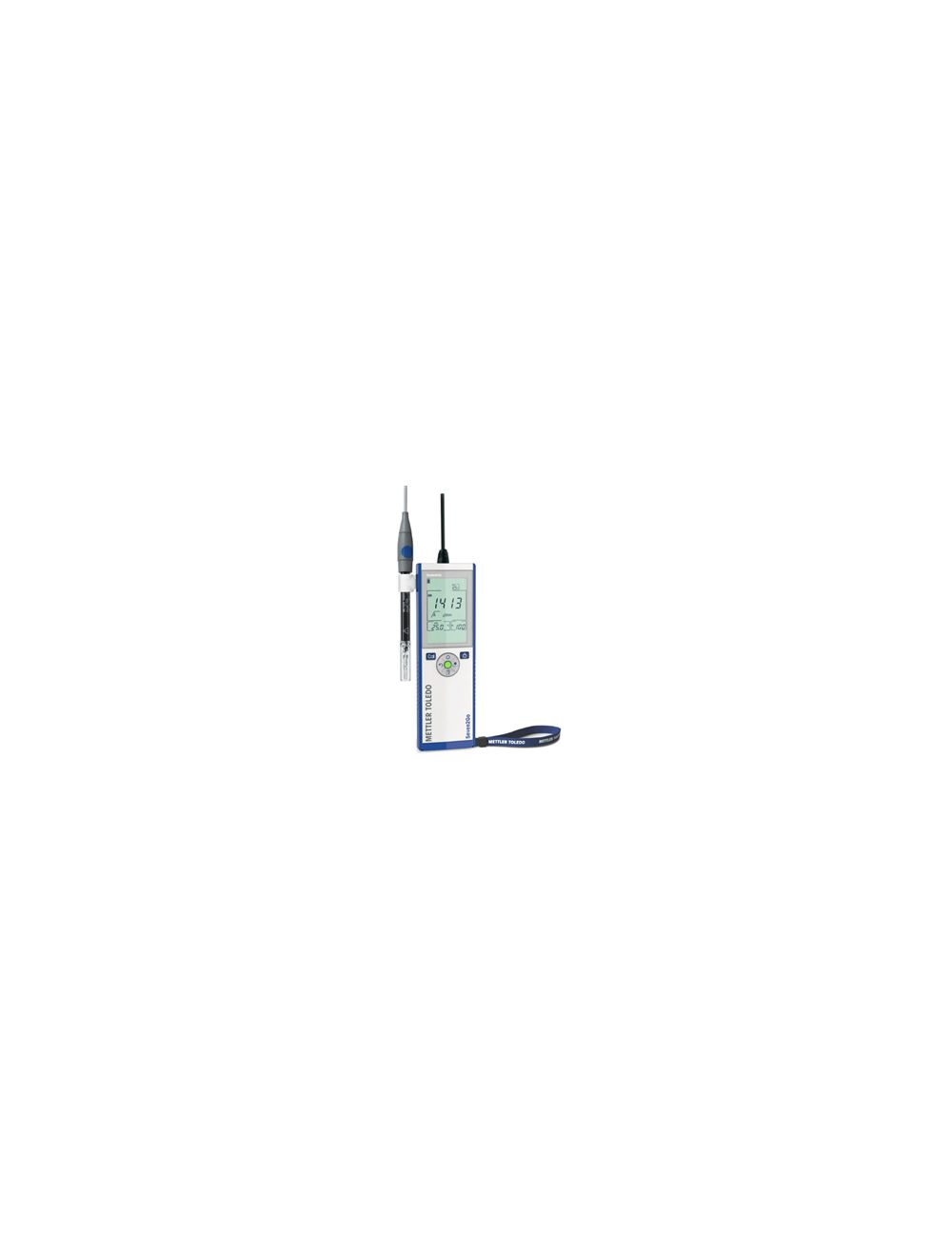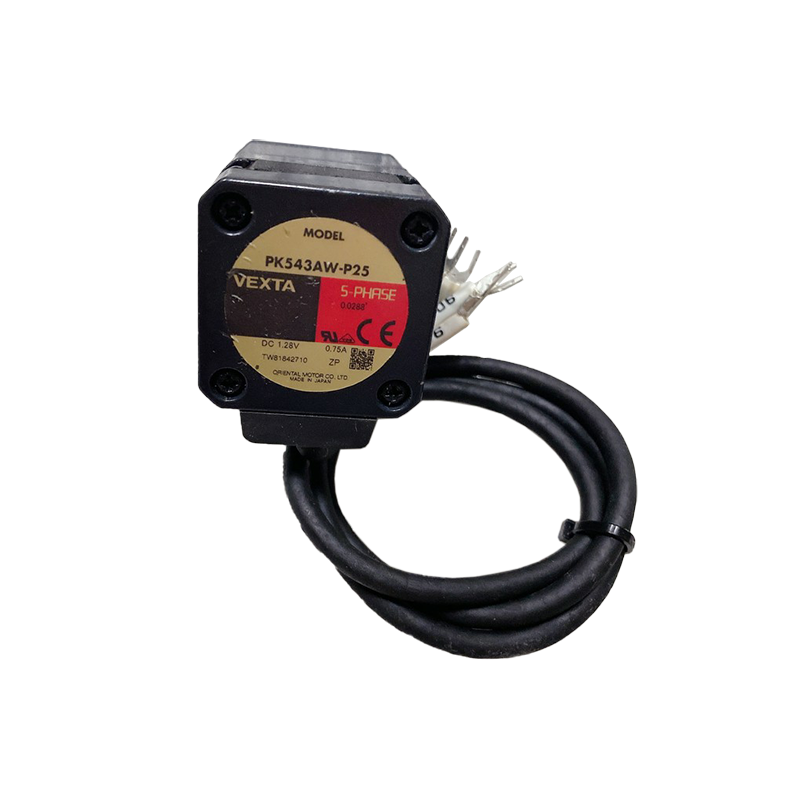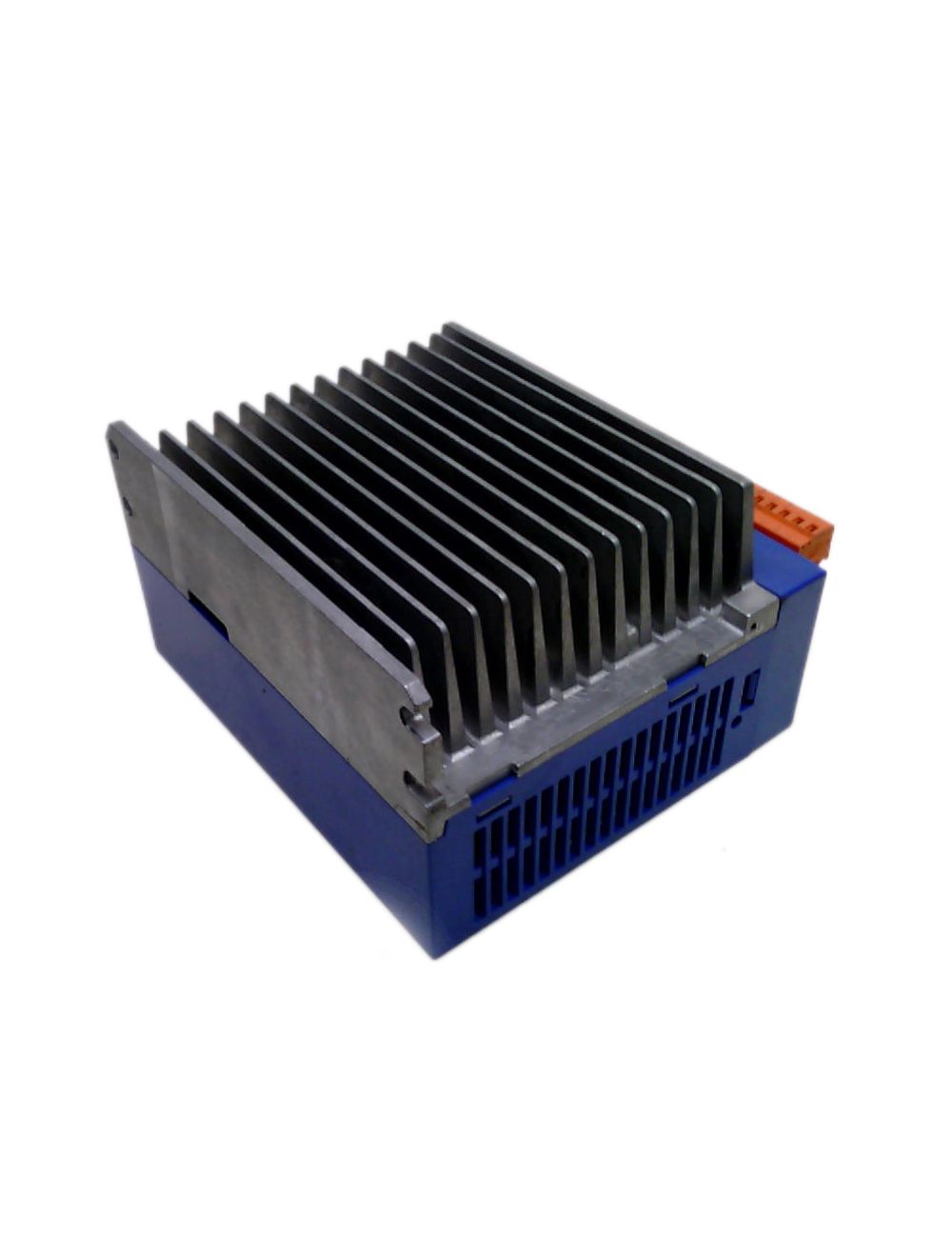
Figure 1: Electric valve actuators.
The actuator is an indispensable and important part of automatic control system. Its function is to accept the control signal sent by the controller and change the size of the controlled medium, thereby maintaining the controlled variable at the required value or within a certain range.
The electric valve actuator refers to the actuator that uses electric energy as the main energy source to drive the valve. Only by selecting the appropriate actuator for the valve can the actuator function fully.
The selection of an electric valve actuator can be divided into 3 steps.
1. Determine the Type of the Electric Valve Actuator
There are three types of electric valve actuators on the market, namely angular stroke actuators, multi-turn actuators and linear actuators.
1) The angular stroke actuator (360 degrees of rotation) is suitable for butterfly valve, ball valve, plug valve, etc. The rotation of the output shaft of the electric device is less than one turn, that is, less than 360 degrees, usually 90 degrees to realize the valve opening and closing process control.

Figure 2: Angular stroke actuator.
2) The multi-turn actuator (360 degree angle) is suitable for gate valve, shut-off valve, etc. The rotation of the output shaft of the electric device is more than one turn, that is, more than 360 degrees, and generally requires multiple turns to realize the valve opening and closing process control.
3) The linear actuator (linear motion) is suitable for single-seated valve, double-seated valve, etc. The motion of the output shaft of the electric device is linear motion, not rotational.
2. Determine the Output Force or Torque
1) For angular stroke and multi-turn actuators, the important parameter is the torque, the unit: N.m. The opening and closing of the valve requires torque to act on it. If the torque is too small, it may not be able to open and close.
2) For linear actuators, the important parameter is force, and the unit is N. Similarly, if the force is too small, the valve will not be able to open and close.
Thus, during selection, we should keep in mind one simple principle: the larger, the better.
3. Determine the Control Mode of the Electric Valve Actuator
1. Shut-off type
The shut-off electric actuator generally realizes the opening or closing control of the valve. The valve is either in the fully open position or in the fully closed position. This type of valve does not need to control the flow of the medium.
2. Regulating type
The regulating electric actuator not only has the function of the shut-off integrated structure, but can also control the valve to regulate the flow of the medium.
To choose the proper electric valve actuator, it is suggested to choose according to the actual working conditions and requirements.
Related Info
Some Common Questions about Motor TorqueSpeed-Torque Curve of Stepper Motors and FAQs
Ways to Increase Stepper Motor Torque and Select Stepper Motor
What is a Pneumatic Actuator?
Functions of the Electric Actuator

